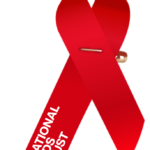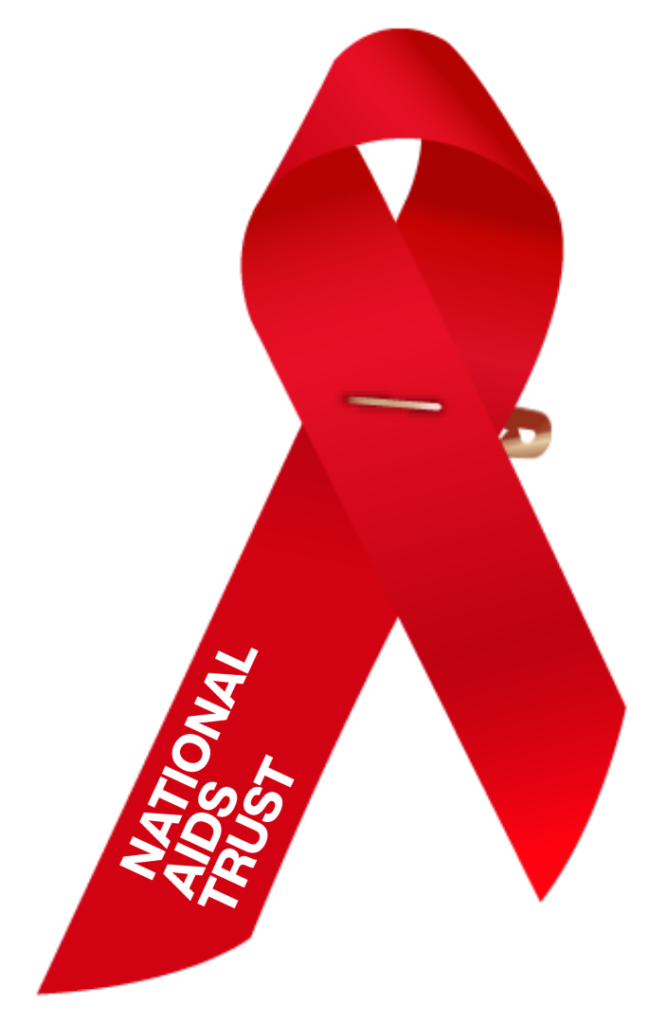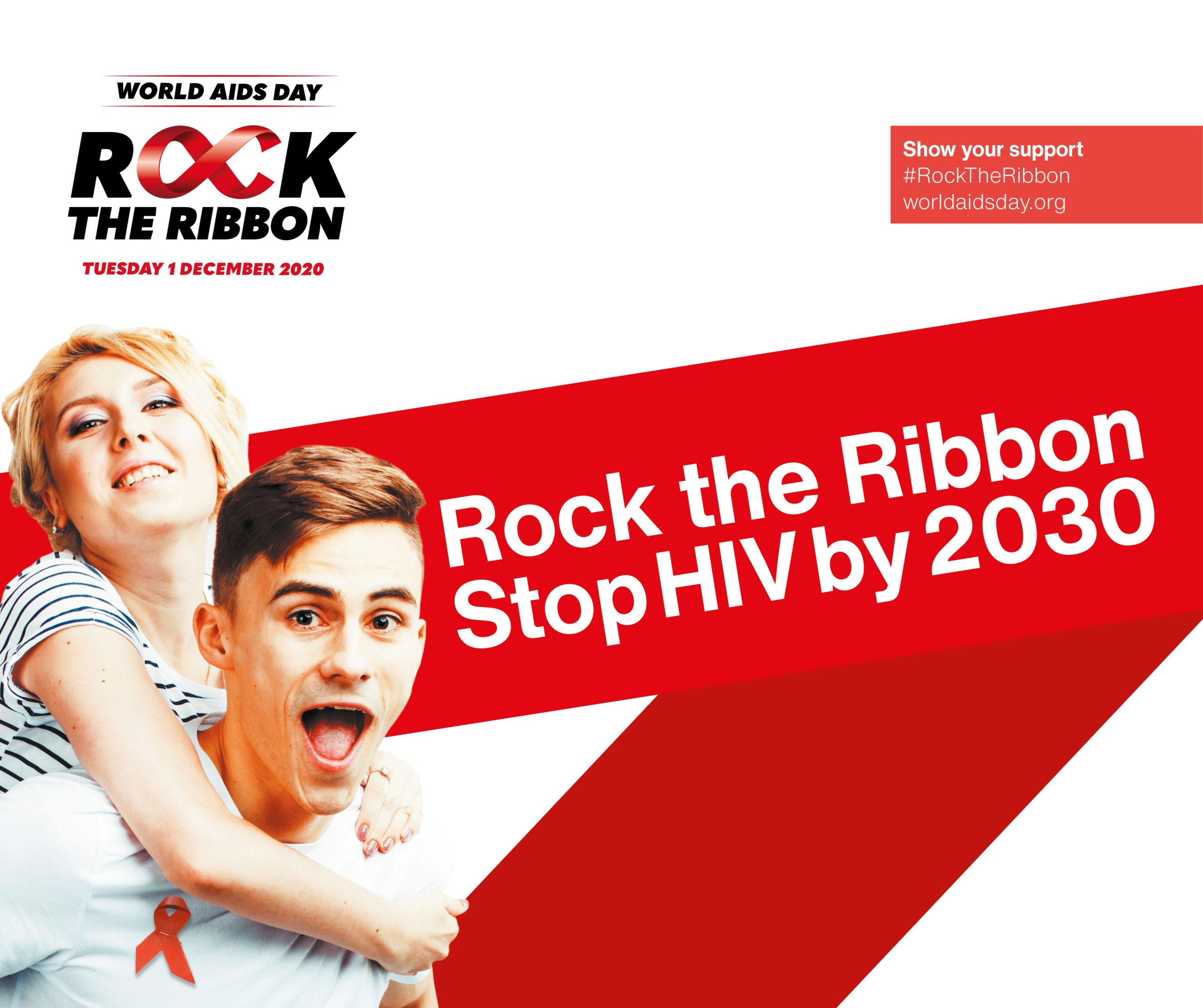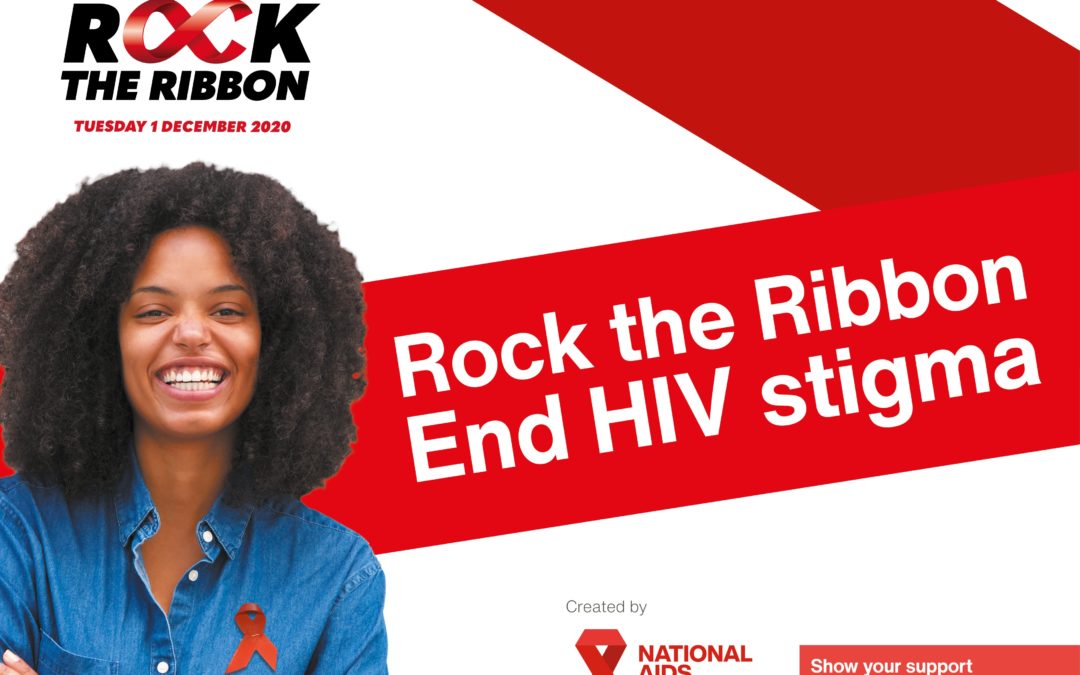What Is World Aids Day
World Aids Day was founded in 1988 and was the the first ever global health day. This year it is the 1st December and we are asking everyone to #RockTheRibbon to raise awareness. World Aids Day is important because it reminds everyone that HIV has not gone away – there is still a vital need to raise money, increase awareness, as well as educate and stop prejudice.


So why is World AIDS Day important?
HIV stands for human immunodeficiency virus and is a virus that damages the cells in your immune system and weakens your ability to fight everyday infections and disease.
AIDS stands for acquired immune deficiency syndrome and is the name used to describe a number of potentially life-threatening infections and illnesses that happen when your immune system has been severely damaged by the HIV virus.
While AIDS cannot be transmitted from 1 person to another, the HIV virus can.
There are over 103,800 people living with HIV in the UK, and around an estimated 38 million people who have the virus worldwide. The virus was only discovered in 1984 and since this time there have sadly been millions of deaths, making it one of the most destructive pandemics in history. Over the years there has been lots of research into the disease and so treatments have improved. Even with this there are still over 4,450 people diagnosed with HIV in the UK each year and there is still a lack of understanding leading to lots of discrimination around the condition.
If you would like to learn more about HIV and AIDS please visit the NHS Aids and HIV page
If you would like to raise awareness of HIV you can #RockTheRibbon. Please visit National Aids Trust for more information on how to support World Aids Day
Here at SSH we have downloaded our virtual red ribbon to show our support


So why the red ribbon?
It was started in in 1991 by twelve artists who came up with the idea of the red ribbon in New York as a way to raise awareness of HIV. They avoided traditional colours associated with the LGBT community, such as rainbow stripes, because they wanted to convey that HIV was relevant to everyone. They chose red for its boldness, and for its symbolic associations with passion, the heart and love. This soon became as universally recognised symbol and still is today, increasing people’s awareness of HIV.



Recent Comments